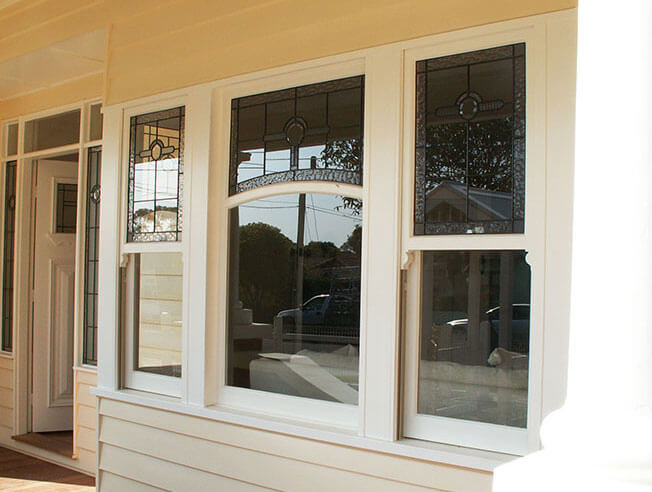All Categories
Featured
Table of Contents
Improve Your Home's Energy Efficiency With Double Glazing in Ellenbrook WA
Laminated glass is often used in locations in the house most susceptible to injury from human effect such as restrooms, doors, around staircases and in locations near the flooring (it fulfills the requirements of 'shatterproof glass' that is mandated for usage in these areas by Australian Basic AS 1288 Glass in buildings).
Toughened glass has been 'tempered' by being reheated and quickly cooled again. This process makes it much stronger than standard glass it can resist higher impact loads before breaking. It likewise makes it safer due to the fact that, when it does shatter, it breaks into many little cubic pieces rather than hazardous shards.
Double Glazed Windows: A Complete Guide in Secret Harbour WA
Toughened glass has no thermal or acoustic advantages over other glass of the very same toning or density. Secondary glazing is where single-glazed windows are retrofitted with a transparent acrylic or glass sheet connected to the inside of the frame or openable sash with a secondary frame or with magnetic strips.


Secondary glazing will not perform too thermally as a manufactured IGU, given that it is impossible to totally seal the boundary, however it can offer good sound control. Window movies are a thin polymer film consisting of an absorbing dye or reflective metal layer, with an adhesive support. They stay with your glazing to change its colour or make it reflective.
Keeping Your House Cool In The Summer in Helena Valley WA
Applied to existing glass, some window films can cut in half the general SHGC of the window by absorbing and/or reflecting solar radiation. This can be especially advantageous in hotter climates where cooling is the primary concern, or on east and west elevations directly exposed to extended periods of sunlight. Nevertheless, window movies may likewise reduce visible light transmittance.

For this reason, it is typically best to utilize a recognized installer of window film. Frames have a considerable effect on the thermal performance of doors and windows, since energy can be gotten and lost through the frame, as well as through the glass. Different types of frame will permit different levels of heat gain and loss, so mindful choice of frame is essential for efficient passive style.
Double Glazed Windows Sydney in Bickley Perth
Aluminium is also a really good conductor of heat and will decrease the insulating value of a glazing system, unless particularly engineered to reduce this. A 'thermally broken' frame is made up of 2 aluminium sections linked by a structural insulator (usually a low-conductivity structural polymer). This 'breaks' the thermal connection through the aluminium and decreases the heat streaming through the frame.
Timber frames are a great natural insulator that can suit some home styles. Timber frames should be made from species that have naturally high toughness or be treated to prevent decay and deformation.
How Double Glazing Can Help Keep Your Home Cool In ... in Ferndale Perth
This can result in spaces that allow air infiltration unless great draught sealing (weather removing) is installed. u, PVC is a kind of plastic (unplasticised polyvinyl chloride, also called rigid PVC). u, PVC frames offer exceptional thermal performance, often much better than wood or thermally broken aluminium. u, PVC is long enduring and needs extremely little upkeep, and can be moulded into complex profiles that offer exceptional air seals.
u, PVC windows and doors have excellent thermal efficiency Image: Ben Wrigley (Light Home Architecture and Science) Composite frames use aluminium profiles on the outer areas with either a lumber or u, PVC inner area. These integrate the low maintenance and toughness of aluminium with much improved thermal efficiency.
Table of Contents
Latest Posts
Benefits Of Having Double Glazing Windows In The Summer in Westfield Western Australia
Does Double Glazing Have A Vacuum? in Greenmount WA
The Science Behind Double Glazed Windows in Kenwick Perth
More
Latest Posts
Benefits Of Having Double Glazing Windows In The Summer in Westfield Western Australia
Does Double Glazing Have A Vacuum? in Greenmount WA
The Science Behind Double Glazed Windows in Kenwick Perth